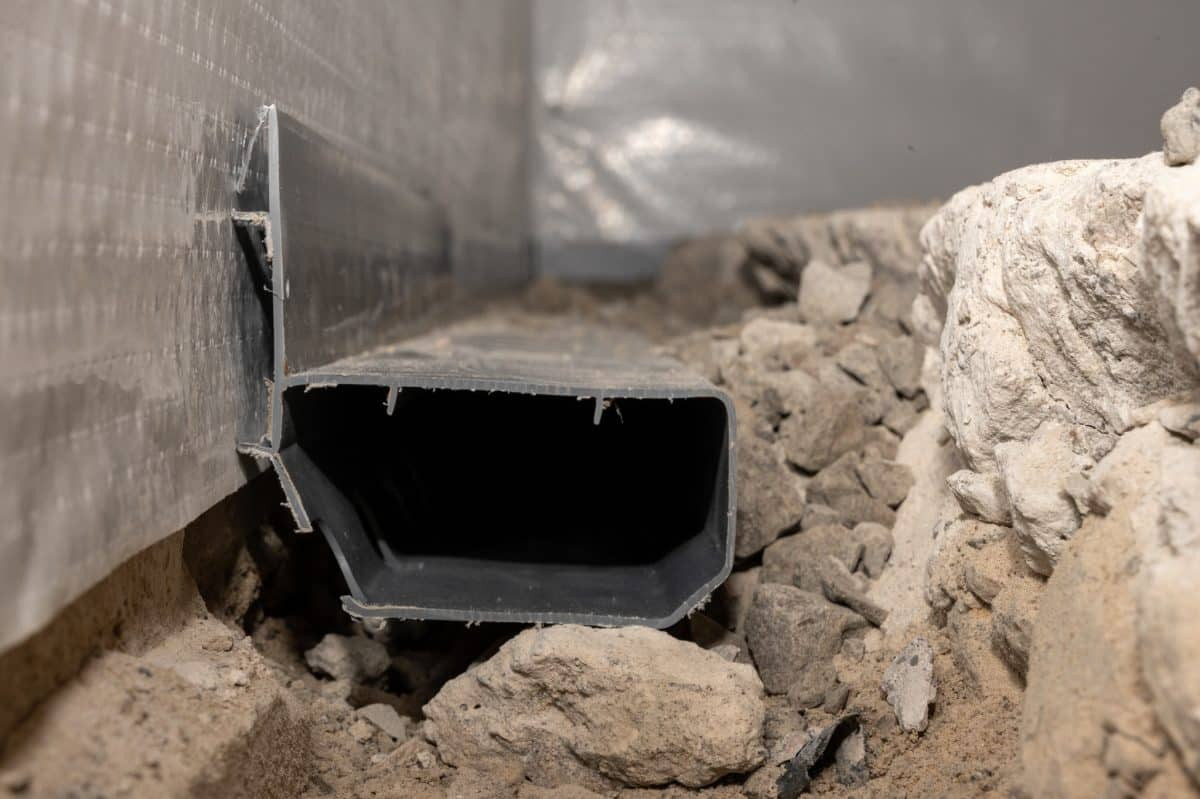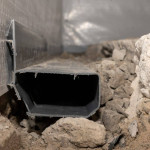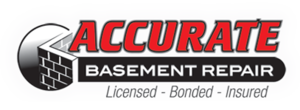You’ve probably experienced the hassle of a flooded basement at least once. It’s no fun and can lead to costly repairs, not to mention the loss of valuable items. But what if you could prevent it altogether? By taking a proactive stance with waterproofing techniques, you can safeguard your home against such unwelcome water intrusions. Let’s discuss some practical strategies—from maintaining clear gutters to installing sump pumps—that can keep your basement dry and your wallet happy. Sounds interesting. So, why not stick around to uncover these critical tips?
Basement Waterproofing
Almost every homeowner has experienced some level of moisture in their basement. As you might know, this problem can’t be ignored. This excess moisture can cause various issues, from mildew and mold growth to structural damage and even potential health hazards if left unchecked.
You’re probably wondering, what causes this? Well, it can be a combination of things. It might be due to poor grading around your home, inadequate drainage systems, or even poorly waterproofed basement walls.
These issues allow water to infiltrate your home’s foundation, leading to unwanted dampness in your basement.
But don’t despair! There are steps you can take to prevent this problem. It’s all about being proactive.
Regularly inspect your home’s exterior for signs of water damage. Make sure your gutters and downspouts are clear and functioning well. Confirm that the slope around your house directs water away from your foundation, not towards it.
Common Basement Waterproofing Techniques
Let’s explore some typical basement waterproofing techniques that can help safeguard your home.
First, consider interior water drainage. It’s practical, less disruptive than outside methods, and usually more cost-friendly. You’ll need to install a drain inside the basement that leads to a sump pump. This system catches any water that enters and then pumps it out.
Next, there’s exterior waterproofing. This involves excavating around your home to install a waterproof membrane or coating on the outside of your basement walls. It’s a great way to prevent water from ever reaching your basement, but it’s more labor-intensive and usually pricier.
Crack injections are another practical option for poured concrete walls. It’s a simple process where epoxy or polyurethane is injected into cracks, preventing water from seeping through.
So, you’ve got this! Keep water at bay by ensuring proper grading around your home, maintaining clear gutters, and sealing any cracks promptly. Don’t forget to contemplate installing sump pumps and other interior drainage systems. A coat of waterproofing on basement walls can also offer extra protection. By taking these proactive steps, you’re well on your way to keeping your basement dry and flood-free.
Contact the Professionals at Accurate Basement Repair Today! 414-744-6900





